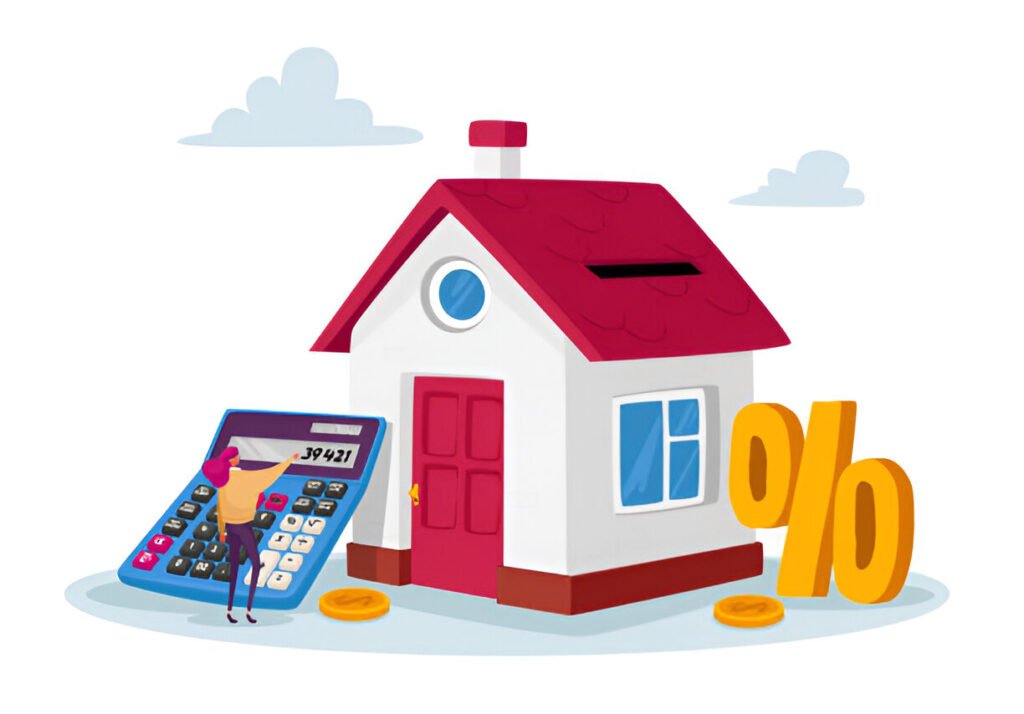When shopping for a mortgage, homebuyers often encounter two main options: the predictable fixed-rate mortgage and its more complex cousin, the adjustable-rate mortgage (ARM). While fixed-rate mortgages offer stability through unchanging monthly payments, ARMs take a different approach, starting with lower initial rates that can change over time.
The Initial Appeal: The “Teaser” Period
ARMs typically begin with a teaser period, lasting anywhere from 3 to 10 years, during which the interest rate remains fixed and notably lower than conventional fixed-rate mortgages. This initial period can result in significant monthly savings, making ARMs particularly attractive to certain homebuyers. For instance, a 5/1 ARM might offer an initial rate of 5.5% compared to a 6.5% fixed-rate mortgage, potentially saving hundreds of dollars each month during those first five years.
How Rate Adjustments Work
After the teaser period ends, ARMs enter their adjustment phase. The rate changes based on a reference index (such as SOFR or LIBOR) plus a margin set by the lender. These adjustments typically occur annually, though some ARMs adjust more frequently. Each ARM comes with caps that limit how much rates can increase, both per adjustment and over the loan’s lifetime, providing some protection against extreme rate spikes.
Who Benefits Most from ARMs?
Adjustable-rate mortgages aren’t for everyone, but they can be particularly advantageous for certain borrowers. Short-term homeowners who plan to sell or refinance before the teaser period ends often benefit the most. Similarly, homebuyers expecting significant income increases, such as medical residents or young professionals, might find ARMs align well with their financial trajectory.
Understanding the Risks
The primary risk of an ARM lies in its uncertainty. When interest rates rise significantly, monthly payments can increase substantially after the teaser period. This can strain household budgets and, in extreme cases, lead to payment difficulties. For example, if a $300,000 ARM starts at 5.5% and adjusts to 7.5%, the monthly payment could increase by hundreds of dollars.
Built-in Protections: Rate Caps Matter
ARMs include several types of caps that limit rate increases:
- Initial adjustment caps restrict how much rates can increase at the first adjustment
- Periodic adjustment caps limit rate increases during subsequent adjustments
- Lifetime caps set the maximum rate increase over the entire loan term
Making an Informed Decision
Before choosing an ARM, carefully consider your financial situation and future plans. Review the ARM’s terms, including adjustment frequency, caps, and the index used for rate calculations. Calculate potential payment scenarios under different rate environments to ensure you can handle worst-case adjustments.
The Current Market Context
Interest rate environments significantly influence ARM attractiveness. In rising rate environments, ARMs might offer substantial initial savings but carry more risk. During stable or falling rate periods, the benefits of ARMs become more pronounced, though fixed-rate mortgages might still provide better long-term security.
Frequently Asked Questions
What happens if I can’t afford the payments after my rate adjusts?
If your ARM payments become unaffordable after adjustment, you have several options. You can refinance into a fixed-rate mortgage, sell your home, or discuss modification options with your lender. It’s crucial to plan ahead and not wait until payments become unmanageable to take action.
Can I refinance my ARM to a fixed-rate mortgage?
Yes, many borrowers refinance their ARMs to fixed-rate mortgages before the adjustment period begins. However, refinancing depends on factors like your credit score, home equity, and current market rates. It’s wise to maintain good credit and monitor market conditions to keep this option viable.
The decision between an ARM and a fixed-rate mortgage ultimately depends on your specific circumstances, financial goals, and risk tolerance. While ARMs can offer significant savings during the initial period, they require careful consideration of potential risks and a solid understanding of how they work. By thoroughly evaluating your situation and future plans, you can determine whether an ARM aligns with your homeownership goals or if a more predictable fixed-rate mortgage better suits your needs.
Remember, mortgage decisions have long-lasting financial implications, so consulting with financial advisors and mortgage professionals can provide valuable insights tailored to your situation. Whatever choice you make, ensure it supports both your immediate needs and long-term financial stability.


